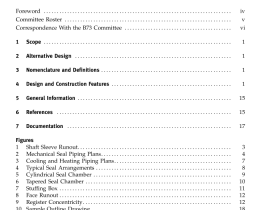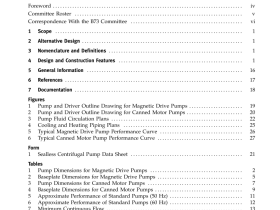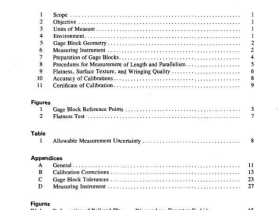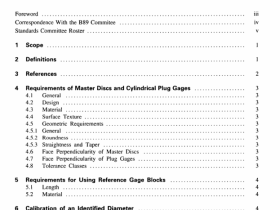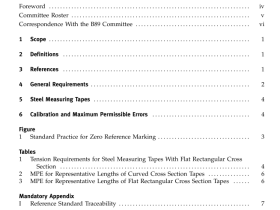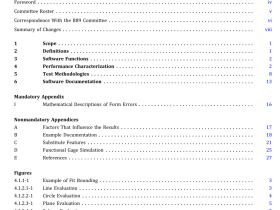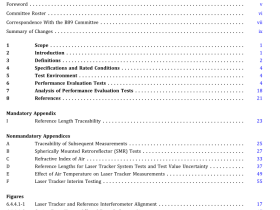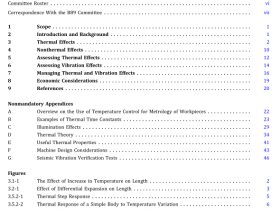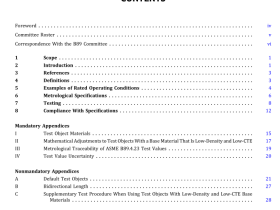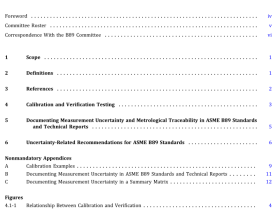ASME A112.1.2 pdf download
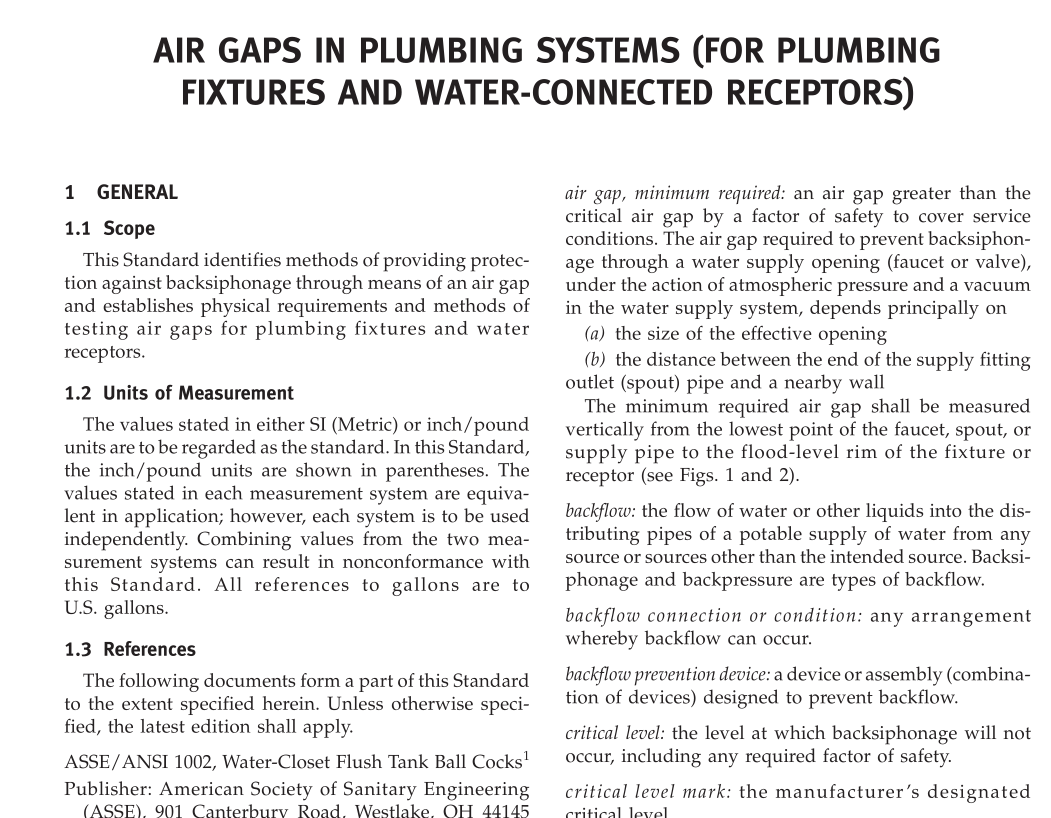
ASME A112.1.2 pdf download Air Gaps in Plumbing Systems (For Plumbing Fixtures and Water-Connected Receptors)
1 GENERAL
1.1 Scope
This Standard identifies methods of providing protec- tion against backsiphonage through means of an air gap and establishes physical requirements and methods of testing air gaps for plumbing fixtures and water receptors.
1.2 Units of Measurement
The values stated in either SI (Metric) or inch/pound units are to be regarded as the standard. In this Standard, the inch/pound units are shown in parentheses. The values stated in each measurement system are equiva- lent in application; however, each system is to be used independently. Combining values from the two mea- surement systems can result in nonconformance with this Standard. All references to gallons are to U.S. gallons.
1.3 References
The following documents form a part of this Standard to the extent specified herein. Unless otherwise speci- fied, the latest edition shall apply.
1.4 Definitions air gap: a vertical distance through the atmosphere between the lowest potable water outlet and the highest level of the source of fluid contamination. air gap,
critical: the air gap that will prevent backsiphonage under laboratory conditions, with still water, wide-open control valve, and a vacuum of at least 635 mm Hg (25 in. Hg).
air gap, minimum required: an air gap greater than thecritical air gap by a factor of safety to cover serviceconditions. The air gap required to prevent backsiphon-age through a water supply opening (faucet or valve),under the action of atmospheric pressure and a vacuumin the water supply system, depends principally on
(a) the size of the effective opening
(b) the distance between the end of the supply fittingoutlet (spout) pipe and a nearby wallThe minimum required air gap shall be measuredvertically from the lowest point of the faucet, spout, orsupply pipe to the flood-level rim of the fixture orreceptor (see Figs.1 and 2).
backflow: the flow of water or other liquids into the distributing pipes of a potable supply of water from anysource or sources other than the intended source. Backsiphonage and backpressure are types of backflow.
backflow connection or condition: any arrangementwhereby backflow can occur.
backflow prevention device: a device or assembly (combination of devices) designed to prevent backflow.
critical level: the level at which backsiphonage will notoccur, including any required factor of safety
crifical level mark: the manufacturer’s designatedcritical level.
effective opening: the smallest cross-sectional area in afaucet, device,or a supply pipe through which waterflows to an outlet. If two or more lines supply one outletthe effective opening shall be the sum of thecross-sectional areas of the individual lines or the areaof the outlet, whichever is smaller.
NOTE: To illustrate the practical use of the term effective open-ing,” refer to Fig. 1. With ordinary plumbing supply fittings, theminimum cross-sectional area usually occurs at the seat of thecontrol valve, B; but, in other cases, it may be at the point ofdischarge (spout) or at the inlet to the control alve, X.
elevation: the air gap-related term applied to drinkingfountain nozzles.
flood-level rim: the top edge of the receptor from whichwater will flow out of the receptor (an overflow openingis not considered a flood-level rim).
